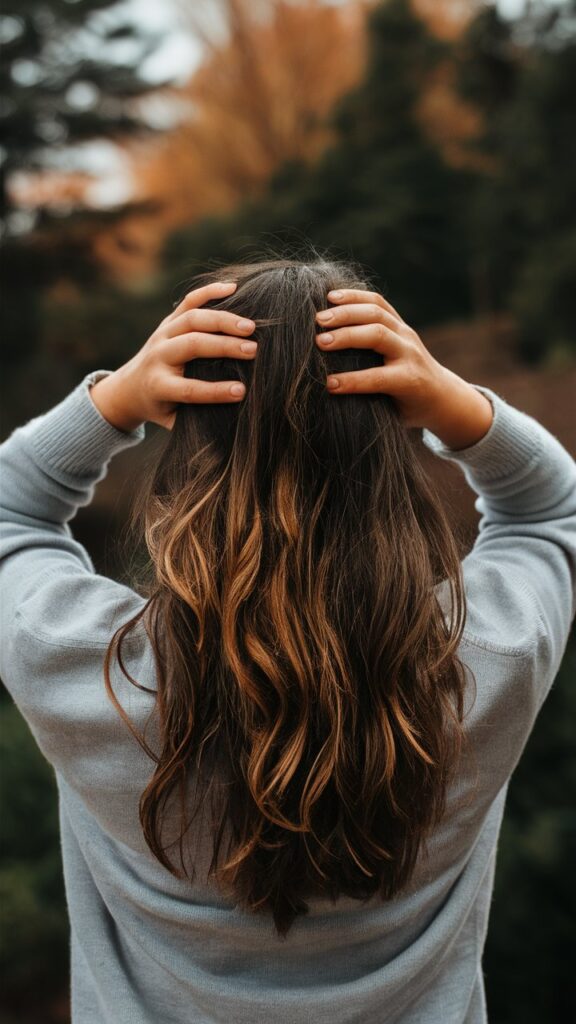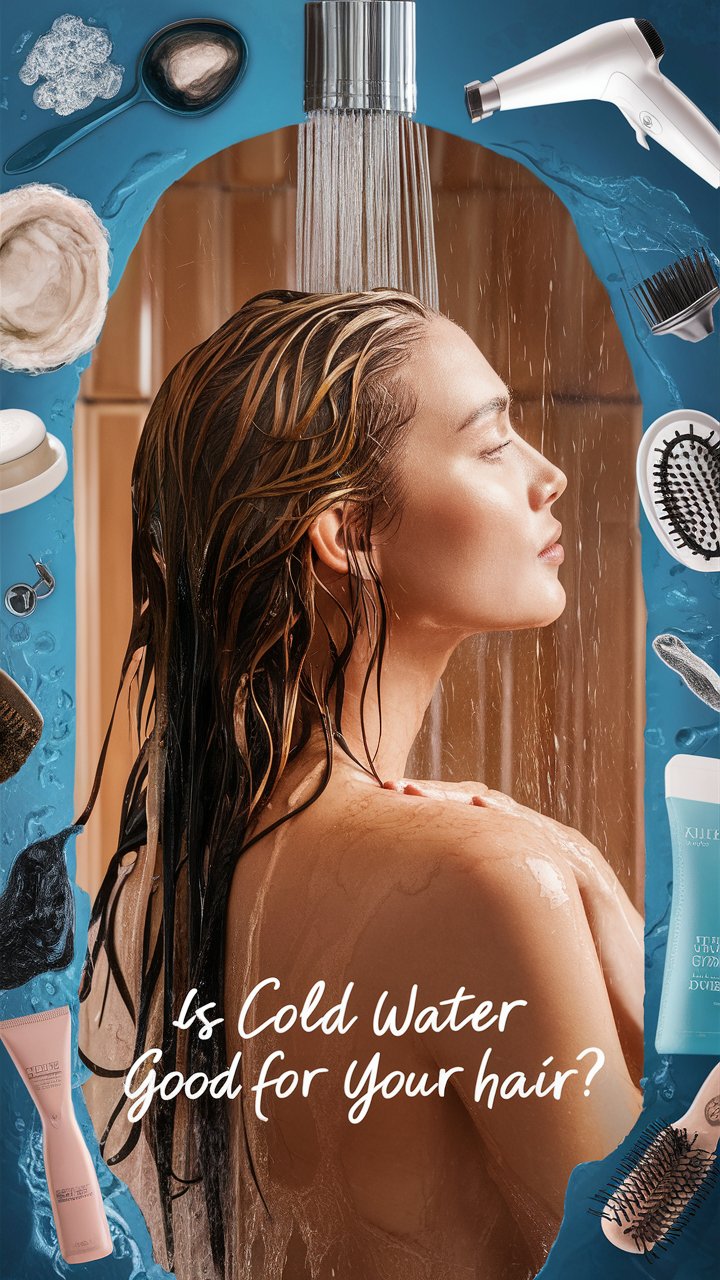If you’ve spent any time scrolling through beauty tips online, you’ve likely heard the claim that rinsing your hair with cold water can make it shinier, healthier, and even help it grow faster. But how much of that is true—and how much is beauty folklore?
Let’s cut through the noise and look at the science behind how water temperature actually affects your hair’s structure, strength, and overall appearance. By the end, you’ll know exactly when to use cold water, when to stick with warm, and how to get the most out of your wash routine.
Understanding Hair Structure and Water Temperature
To understand why temperature matters, it’s important to know how hair is built. Each hair strand is made up of three main layers:
- Cuticle: The outer layer of overlapping cells that protects the inner structure.
- Cortex: The thick middle layer that contains pigment and gives hair its strength.
- Medulla: The innermost layer (present in thicker hair types).
When you wash your hair, temperature can influence how tightly the cuticle lays and how effectively oils and buildup are removed.
Which Water Temperature Is Best for Washing Hair?
1. Lukewarm Water: The Gold Standard for Cleansing

Hair experts generally recommend lukewarm water—around 37–38°C (98–100°F)—for washing.
- Why it works: Lukewarm water opens the cuticle enough to let shampoo cleanse away dirt, oil, and product buildup, without stripping all of the hair’s natural moisture.
- Best for: Most hair types, especially those that need balanced cleansing without excessive dryness.
2. Cold Water: The Shine Booster
Cold water (typically below 21°C / 70°F) doesn’t open the cuticle—it helps smooth it down.
- Benefits:
- Seals the cuticle, making hair appear smoother and shinier.
- Helps lock in moisture, which reduces frizz.
- May help preserve color in dyed hair by preventing excessive pigment loss.
- Can give a refreshed, stimulating sensation on the scalp.
- Limitations:
- Cold water alone won’t remove heavy oil, wax-based styling products, or silicone buildup.
- Scientific evidence for increased “scalp circulation” is limited—most of the benefit is visual and textural.
3. Hot Water: The Potential Problem
While hot showers feel amazing, water above 40°C (104°F) can be harsh on hair.
- Risks:
- Strips natural oils, leaving hair dry and brittle.
- Can irritate the scalp, leading to flakiness.
- May accelerate fading in color-treated hair.
What Actually Happens When You Rinse with Cold Water
When you finish your wash with a blast of cold water, the hair cuticle flattens, which:
- Creates a smoother surface that reflects light better (more shine).
- Traps some of the hydration from your conditioner inside the hair shaft.
- Helps minimize frizz by preventing excess moisture loss into the air.
This is particularly beneficial for:
- Frizz-prone hair (often wavy or curly).
- Fine hair that needs extra shine without heaviness.
- Color-treated hair that needs pigment preservation.
Expert-Backed Best Practice: Alternating Temperatures
Top trichologists (hair and scalp specialists) recommend a two-temperature approach for optimal results:
- Start with lukewarm water to open cuticles for thorough cleansing.
- Shampoo and condition as normal.
- Finish with a 20–30 second cold rinse to seal cuticles and enhance shine.
This balances effective cleansing with moisture retention.
Factors More Important Than Water Temperature
While temperature matters, your product choice and hair health habits have a bigger impact on long-term results.
- pH Balance: Hair products with a pH between 4.5 and 5.5 help keep the cuticle smooth.
- Ingredient Quality: Avoid harsh sulfates if your hair is dry or color-treated. Look for nourishing agents like argan oil, hydrolyzed proteins, and ceramides.
- Washing Frequency: Overwashing—no matter the temperature—can lead to dryness and scalp irritation.
Common Myths About Cold Water Hair Rinses

Myth 1: Cold water makes hair grow faster.
- Fact: Hair growth rate is determined by genetics, health, and nutrition—not water temperature. Cold water might make your hair look healthier, but it won’t speed up growth.
Myth 2: Cold water replaces conditioner.
- Fact: While it can help seal moisture, cold water doesn’t provide the nourishing ingredients that conditioners offer.
Myth 3: Cold rinses work for everyone.
- Fact: People with very low-porosity hair may not notice much difference, since their cuticles are already tightly packed.
Step-by-Step: The Perfect Hair Rinse Routine
- Detangle first (before washing) to minimize breakage.
- Wet hair with lukewarm water for 1–2 minutes to loosen dirt and open cuticles.
- Apply shampoo, massage into scalp, rinse with lukewarm water.
- Apply conditioner, focusing on mid-lengths and ends.
- Cool rinse for 20–30 seconds to lock in hydration and enhance shine.
- Gently squeeze out excess water with a microfiber towel or soft cotton T-shirt—avoid rough towel drying.
Final Verdict: Is Cold Water Good for Your Hair?
Yes—but with context. Cold water won’t magically transform your hair health, but it’s an excellent finishing step that:
- Boosts shine
- Reduces frizz
- Helps retain moisture
- Preserves color vibrancy
For best results, combine cold rinses with quality hair products, balanced washing habits, and healthy scalp care. Think of it as the “icing on the cake” of your hair routine—not the cake itself.
